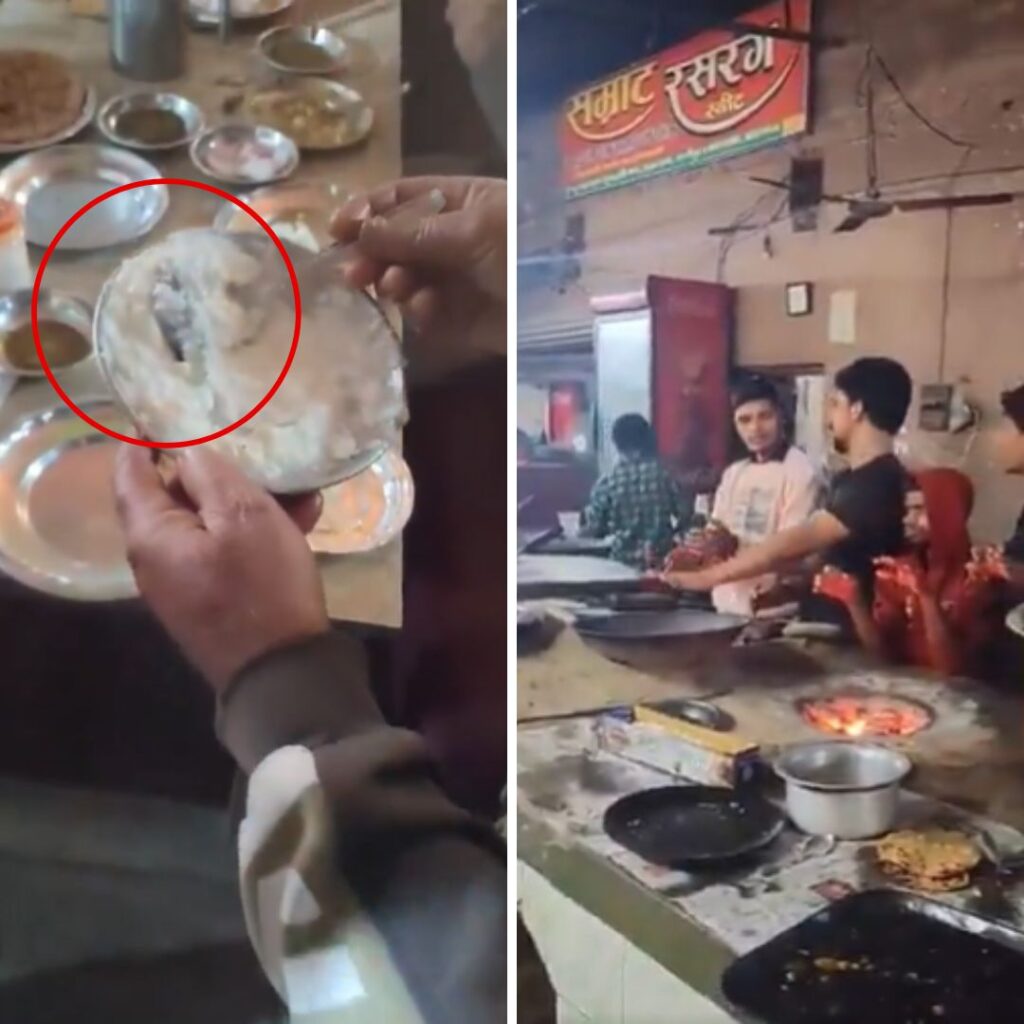‘There will be a total ban on venturing out of your homes,’ Prime Minister Narendra Modi told the nation yesterday night.
The countrywide lockdown came into force at midnight and will be enforced for 21 days.
India – which has a population of 1.3bn – joins a growing list of countries that have imposed similar measures.
Nearly 400,000 people have tested positive for the virus worldwide, and around 17,000 have died.
Warning that if India does not ‘handle these 21 days well, then our country… will go backwards by 21 years,’ Modi added, ‘To save India, to save its every citizen, you, your family… every street, every neighbourhood is being put under lockdown.’
A little more than a week ago, the novel coronavirus was being dealt with a shrug and utter nonchalance.
Strategy
Rigid measures to enforce social distancing at this time can last only a few weeks.
The strategy now is a combination of initial aggressive action followed by a longer period of constant vigilance.
First We ‘Hammer’ Then We ‘Dance’ The Hammer
Right now the focus should be on quick and aggressive action. The transmission of the virus has to be stopped.
At the Hammer stage, the initial suppression includes heavy social distancing.
The measures in place seem similar to the ones taken in Italy, Spain or France: isolations, quarantines, people had to stay at home unless there was an emergency or had to buy food, contact tracing, testing, more hospital beds, travel bans.
China’s measures, however, were stronger. People were limited to one person per household allowed to leave home every three days to buy food. Also, their enforcement was severe. It is likely that this severity stopped the epidemic faster.
In Italy, France and Spain, measures were not as drastic, and their implementation is not as tough. People still walk on the streets, many without masks. This is likely to result in a slower Hammer: more time to fully control the epidemic.
For a while, South Korea had the worst epidemic outside of Mainland China. But now, it’s mostly under control. They achieved it mostly with very aggressive testing, contact tracing, and enforced quarantines and isolations.
Conversely, countries like Italy, Spain or France weren’t doing these well, and had to then apply the Hammer with the hard measures at the bottom to catch up.
Applying a heavy Hammer with strict social distancing measures can definitely control the outbreak within weeks.
The population abides by the rules.
Once the Hammer is implemented and the outbreak is under control, the second phase begins, where we Dance.
The Dance
If the outbreak of novel coronavirus is hammered properly then within a few weeks we can control it.
At this stage, we can consider the longer-term measured to contain the deadly virus until there’s a vaccine.
The Dance: South Korea
Efficient testing, efficient tracing, travel bans, efficient isolating and efficient quarantining, is how South Korea’s Foreign Minister says they did it.
In this case, everybody doesn’t have to be under lockdown, only the sick, the people who have been with those who have gotten sick, etc.
Most people can go back to work, and their daily life.
In this stage, some regions will see outbreaks again, others won’t for long periods of time.
The dance essentially will focus on economy vs healthcare, between getting our normal lives back and spreading the disease.
Source: Paper by Tomas Pueyo on Medium
Also Read: ‘Follow Lockdown Or May Have To Order Shoot-At-Sight’: Telangana CM KCR











